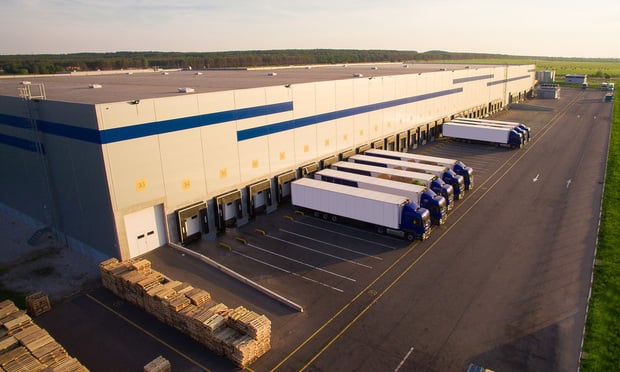SAN FRANCISCO—With just weeks left before the last Toys“R”Us stores go dark, rivals are circling like vultures. Walmart, Target, Amazon and a host of other chains—including unlikely toy destinations such as Party City and Ace Hardware—have been increasing toy orders during the past several weeks.
In this exclusive, Bill Friend, managing director and vice president of North America of Fluent Commerce, recently shared his insights on how retailers are capitalizing on the toy giant's closure and the tools necessary in the retail ordering/returning process. Fluent is a cloud-based platform for small businesses to enable ordering products, managing orders, and processing refunds and shipments.
GlobeSt.com: In what ways are small businesses and retailers reacting to Toys“R”Us stores closing?
Friend: Small businesses that are doing well are the ones who have focused on niche products not available in larger stores or require more personalized service to promote and sell or an overall focus on service. These would have a very carefully selected product offering for target market segments not well served by Toys“R”Us, for example. Bigger retailers already in toys like Amazon, Walmart and Target are expanding inventories while other large-box retailers like JC Penney are adding toy stores within their stores, almost like pop ups to take advantage of seasonal demand.
Generally, the expectation is that it will take six months or more for things to settle down a little from the closings and liquidation where prices will be very depressed. Additionally, there is a common agreement that there will be a gap for a large range of items where an in-store experience has often been expected to be part of the buying experience. Unfortunately, the true customer experience delivered by Toys“R”Us has been declining for some time, outside the flagship stores, which contributed to the demise.
GlobeSt.com: How are cloud-based platforms bridging the gap between online and offline commerce?
Friend: Technology is recognized as a key enabler for reducing friction in the buying experience. The evolution of the buying experience has been so rapid that many retailers could not keep pace because of the complexity of the underlying tooling and the expense required to host all this technology and keep it updated.
Cloud-based platforms reduce the complexity quite a bit from an overall IT perspective, but these platforms have advanced faster than on-premise technologies in terms of features and value for handling peak loads, for example, which are very common in retail, without adding a lot of cost.
Finally, vendors developing solutions typically based on cloud technologies from vendors like Google, Microsoft and Amazon, are developing them in a way that it is easier to integrate many different systems together, which is at the heart of connecting the online and offline experience. Many systems are involved that need to be linked to truly address how to link these experiences. One obvious example is understanding the true state of distributed inventory across all stores and the live availability to use against shopper demand. It is critical that a single view of inventory is required but that means you need to integrate three, four, five or more systems for this to be accurate across stores, warehouses, DC's, etc. Only with an accurate view can a smart and convenient solution be offered to the shopper.
GlobeSt.com: What tools does Fluent provide small businesses to order products, manage orders, and process refunds and shipments?
Friend: Fluent offers a cloud-based platform that enables small business to truly invest in connecting online and offline commerce, which involves creating an integrated view of inventory so that convenient online shopping options can connect with the stores to convert the shopper.
Examples are enabling an online shopper to see that an item is available in the store before they drive there or they can even buy it, then pick it up. Some stores may even allow reserving something so you can come in and confirm you want it but you will know they have it.
Other examples include enabling small retailers who fulfill online orders from a warehouse to also leverage store inventory when that is more profitable and/or convenient as a fulfillment source. A really common use case is to buy online and return to the store.
The consumer expectation is that all of these scenarios commonly offered by the biggest brands should be available despite the size of the retailer. These are the types of uses cases Fluent supports at a much more affordable price point that has been historically available.
Want to continue reading?
Become a Free ALM Digital Reader.
Once you are an ALM Digital Member, you’ll receive:
- Breaking commercial real estate news and analysis, on-site and via our newsletters and custom alerts
- Educational webcasts, white papers, and ebooks from industry thought leaders
- Critical coverage of the property casualty insurance and financial advisory markets on our other ALM sites, PropertyCasualty360 and ThinkAdvisor
Already have an account? Sign In Now
*May exclude premium content© 2024 ALM Global, LLC, All Rights Reserved. Request academic re-use from www.copyright.com. All other uses, submit a request to [email protected]. For more information visit Asset & Logo Licensing.









